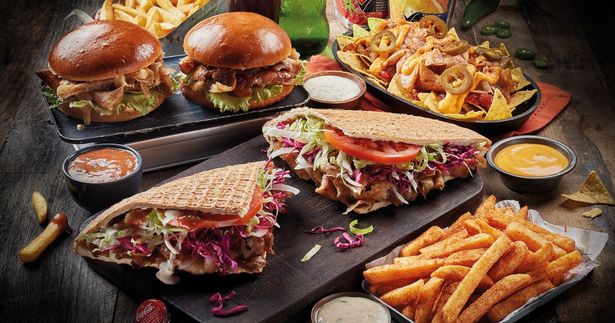The journey of food service manufacturing is a complex and intricate one, often overlooked by the consumers who enjoy the final products. This process begins at the very source of our sustenance – the farm. The agriculture sector lays the foundation for the food service industry, producing the raw materials that will eventually find their way to our plates. The farms, whether they be sprawling fields of grains or specialized facilities for raising livestock, are where the story begins. Here, farmers work tirelessly to nurture crops and animals, employing a mix of traditional techniques and cutting-edge technology to maximize yields and maintain quality. Once the raw materials are harvested, they embark on a journey of transformation. This often involves initial processing at the farm or specialized facilities to ensure the products meet certain standards for safety and quality. From milling grains into flour to butchering livestock, these initial stages of processing are critical to the overall food service manufacturing process.

Food safety regulations are enforced at this stage to ensure that the raw materials are handled and processed in a way that minimizes contamination and maintains the integrity of the product. Following this initial processing, the materials move on to a diverse array of manufacturers and producers, each specializing in different types of food products. This is where the magic happens, as skilled professionals combine various ingredients and employ culinary techniques to create the vast array of foods that populate our menus. Whether it is the assembly line of a large-scale food processing plant or the artisanal craftsmanship of a small-batch producer, these stages of manufacturing are where the raw ingredients are transformed into the products we recognize and enjoy. Quality control and safety checks are vital during the manufacturing phase to ensure that the products meet regulatory standards and, more importantly, that they are safe for consumption. Packaging also plays a crucial role in maintaining the quality and safety of the products, as it protects them from environmental factors and contamination during storage and transportation.
The journey continues with the distribution of these food products you can visit our site. Transportation and logistics networks are the unsung heroes that ensure that our favorite foods find their way from manufacturers to food service establishments, grocery stores, and ultimately, our homes. Efficient distribution networks are essential in maintaining product quality and freshness, especially for perishable goods. Upon reaching food service establishments, which can range from local cafes to massive restaurant chains, the products undergo a final transformation before they are served to consumers. Chefs and kitchen staff take over, turning these prepared foods and ingredients into the delicious meals we eagerly anticipate. The culinary expertise and creativity of these professionals are essential in crafting the unique flavors and experiences that define our favorite dining establishments.